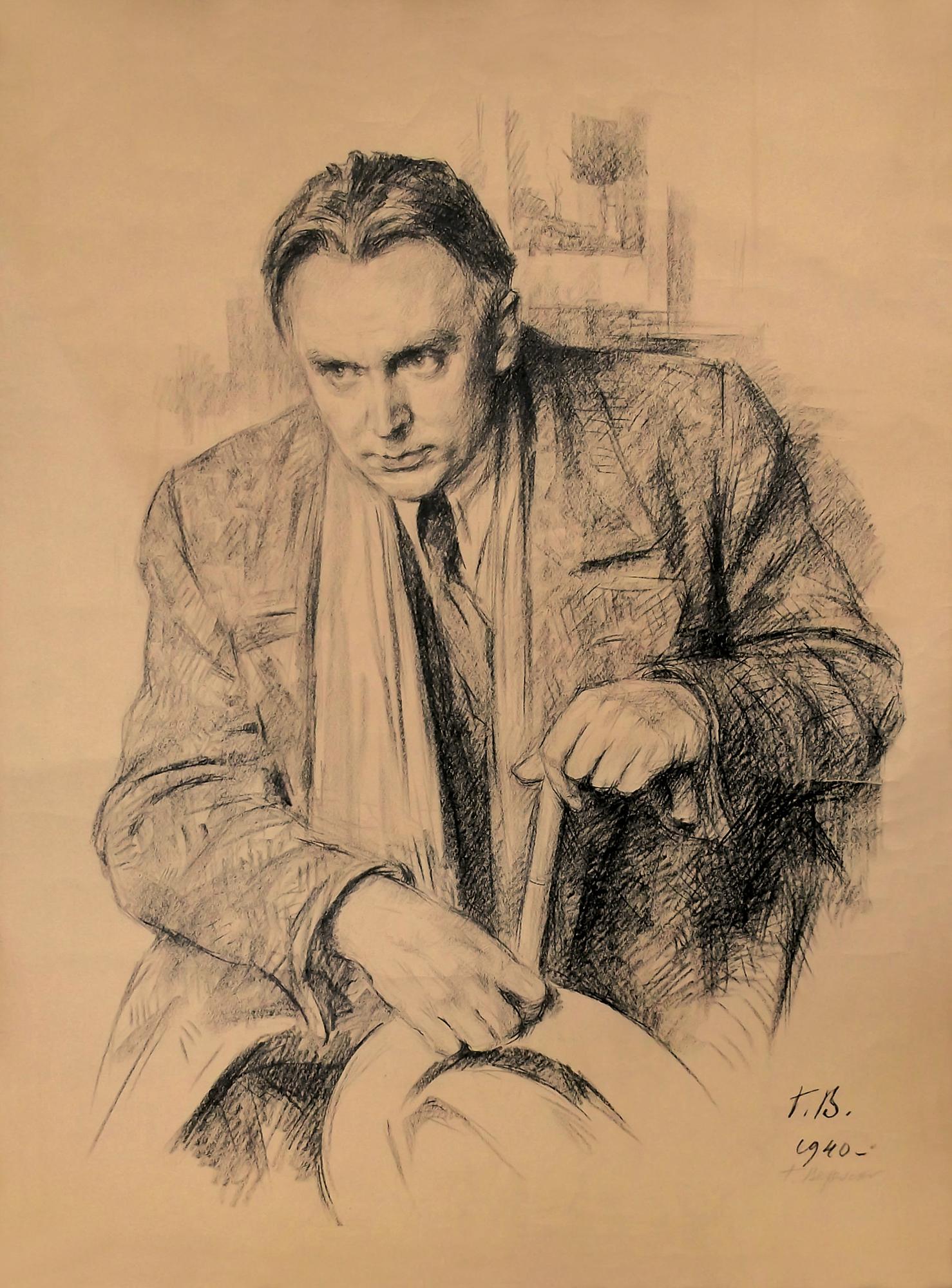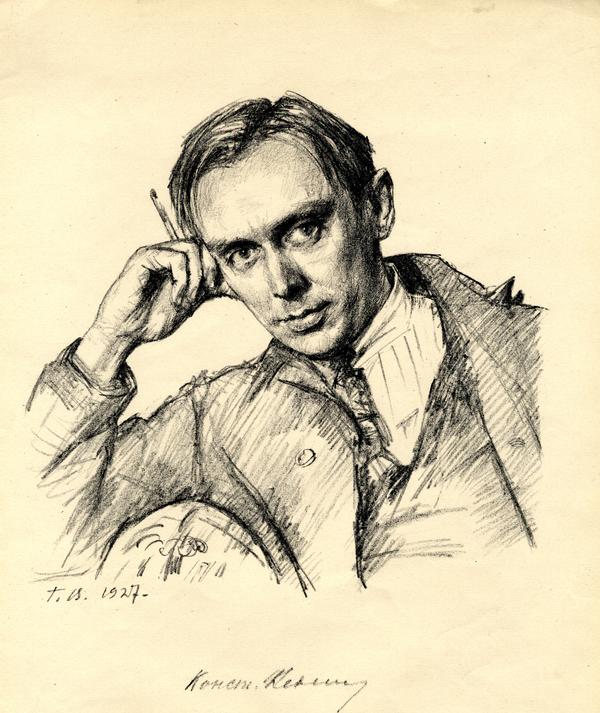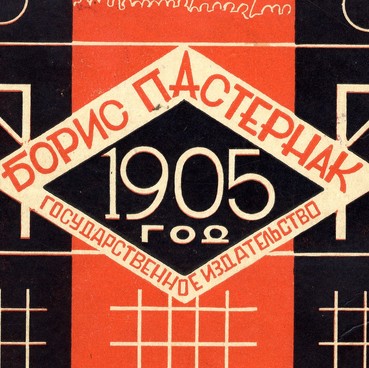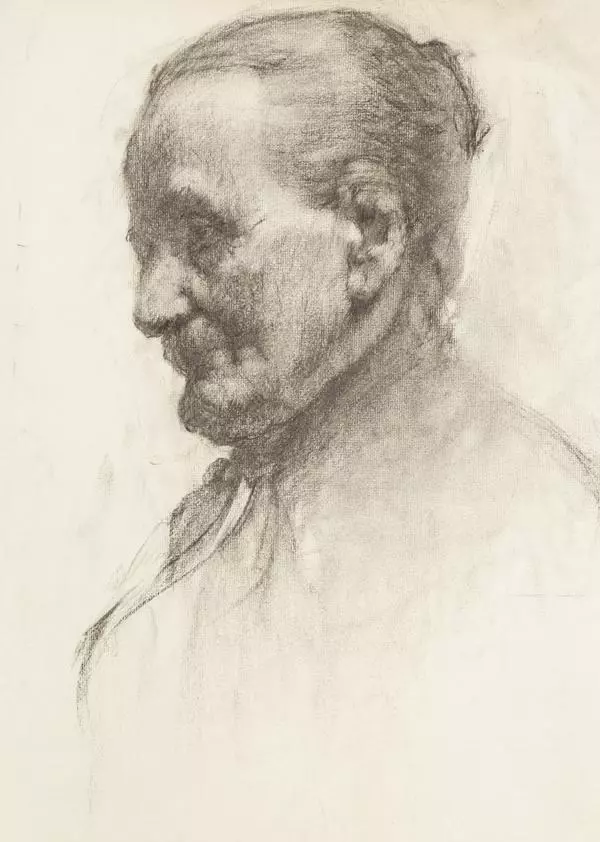Georgiy Semenovich Vereysky (1886–1962) was a Soviet graphic artist. He received his initial art education in Kharkov in the private studio of Yegor Yegorovich Schreider. For several years, Schreider was an irregular student at the Academy of Arts; in 1872 he received the Academy’s Small Incentive Medal; in 1874 he was awarded the title of class artist of the 3rd degree. Many famous artists studied at his studio. Vereisky attended it, being at the same time a law student at Kharkov University.
After several years of intense searching, he settled in St Petersburg and finished law school at the university there. He returned, however, to studying drawing. In 1913–1916 he studied at the New Art Studio, where Mstislav Dobuzhinsky, Anna Ostroumova-Lebedeva, Boris Kustodiev, and Evgeny Lansere mentored him. In 1915 he became a member of the World of Art association. His love of graphic art led him to the Hermitage in 1918, where he worked for twelve years as curator in the engraving department.
Brilliantly mastering the art of lithography and etching, Vereysky preferred the black-and-white tonal range rich in the shades necessary for working in the genres of lyrical landscape and portrait. His portraits are distinguished by the amazing accuracy of the figurative and psychological characteristics of the model and consistency of the picture. Among his most famous works are “Portraits of Russian Artists” (1922 and 1926), “Fourteen Portraits” (1928), and “USSR Air Force” (1934). The portrait of Konstantin Alexandrovich Fedin was included in the series of lithographs entitled “Russian Writers” released in two albums in 1927 and 1929. The artist conceived a third issue, though he never carried it out.
In general, when choosing a protagonist for a portrait, Vereysky would turn to a narrow circle of people familiar to him and of like mind. Later on, the selection of model writers would be carried out on the recommendation of Maxim Gorky. He worked almost exclusively from life. His portraits resemble their subject closely and vividly convey the individual characteristics of each – their manner of holding themselves, of looking forward, of dressing. In addition, the artist managed to create a generalized image of the new Soviet writer.
After several years of intense searching, he settled in St Petersburg and finished law school at the university there. He returned, however, to studying drawing. In 1913–1916 he studied at the New Art Studio, where Mstislav Dobuzhinsky, Anna Ostroumova-Lebedeva, Boris Kustodiev, and Evgeny Lansere mentored him. In 1915 he became a member of the World of Art association. His love of graphic art led him to the Hermitage in 1918, where he worked for twelve years as curator in the engraving department.
Brilliantly mastering the art of lithography and etching, Vereysky preferred the black-and-white tonal range rich in the shades necessary for working in the genres of lyrical landscape and portrait. His portraits are distinguished by the amazing accuracy of the figurative and psychological characteristics of the model and consistency of the picture. Among his most famous works are “Portraits of Russian Artists” (1922 and 1926), “Fourteen Portraits” (1928), and “USSR Air Force” (1934). The portrait of Konstantin Alexandrovich Fedin was included in the series of lithographs entitled “Russian Writers” released in two albums in 1927 and 1929. The artist conceived a third issue, though he never carried it out.
In general, when choosing a protagonist for a portrait, Vereysky would turn to a narrow circle of people familiar to him and of like mind. Later on, the selection of model writers would be carried out on the recommendation of Maxim Gorky. He worked almost exclusively from life. His portraits resemble their subject closely and vividly convey the individual characteristics of each – their manner of holding themselves, of looking forward, of dressing. In addition, the artist managed to create a generalized image of the new Soviet writer.






